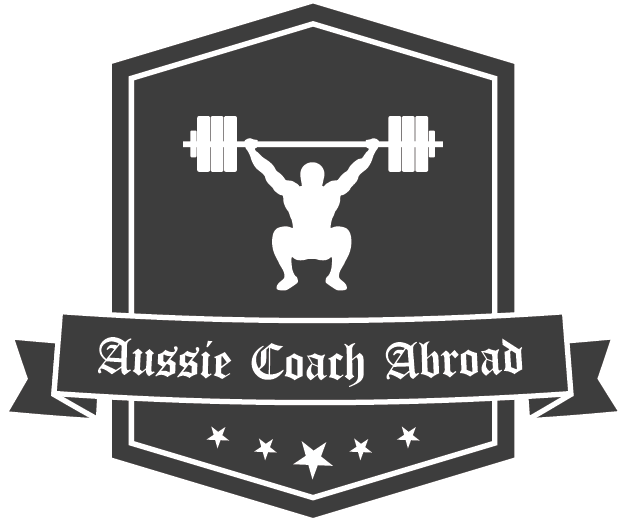The Overhead Squat.
As the strength and conditioning field grows, more and more people are squatting, dead-lifting and Olympic lifting, BUT the overhead squat is still being neglected.
Now, the overhead squat is a very complex and hard task to accomplish. It requires full body strength, mobility and stability to complete a sufficient rep. However, the overhead squat is not only used for a strength movement, but an assessment tool too.
A regular squat is a good test for bilateral and symmetrical movement patterns. Functional mobility and stability through the hips, knees and ankles are tested as well. However, when incorporating the overhead aspect (with a dowel or pvc pipe), functional mobility and stability of the scapula, shoulders and thoracic spine are also required.
While observing the overhead squat, the upper body should be in line with the tibia, the knees and dowel should be aligned over the feet, and the hips should drop past 90 degrees. Something as simple as loosing the vertical path of the bar (when squatting down), can tell you a lot about the dysfunctions in the body. There may be a mobility issue or there may be some dysfunction within the fascia. Both issues can be resolved over time to aid the body’s movement patterns.
When proficient in the overhead squat, the exercise can be used as a primary lift or even a supplementary lift for a back squat. In this video, I used the overhead squat in 2 frames; one with a pvc pipe (and barefoot) for an assessment tool, and the other as a primary lift (with Olympic shoes) for sub-maximal strength gains. You can see that both clips are of good range and technique. However, when loaded under the bar, you can see the neuromuscular control and bio-mechanical challenges I am faced with, hence the slower repetition tempo.
Take home message: Do overhead squats regularly to test ongoing full-body mobility and stability progressions!!
Coach Alex

